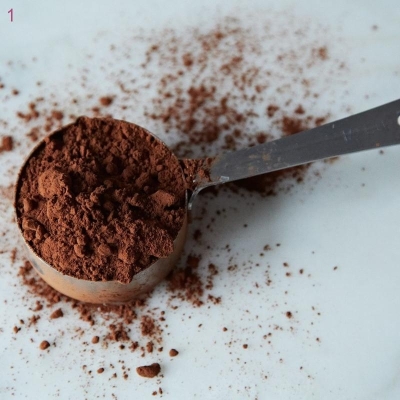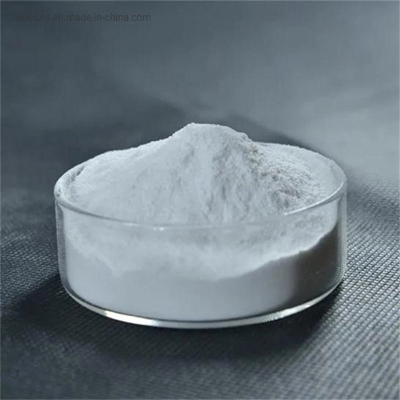-
Categories
-
Pharmaceutical Intermediates
-
Active Pharmaceutical Ingredients
-
Food Additives
- Industrial Coatings
- Agrochemicals
- Dyes and Pigments
- Surfactant
- Flavors and Fragrances
- Chemical Reagents
- Catalyst and Auxiliary
- Natural Products
- Inorganic Chemistry
-
Organic Chemistry
-
Biochemical Engineering
- Analytical Chemistry
- Cosmetic Ingredient
-
Pharmaceutical Intermediates
Promotion
ECHEMI Mall
Wholesale
Weekly Price
Exhibition
News
-
Trade Service
The 4′,6-diamidino-2-phenylindole (DAPI) stain technique is a simple method that was developed for confirming the presence of phytoplasmas in hand-cut or freezing microtome sections of infected tissues. DAPI binds AT-rich
DNA
preferentially, so that phytoplasmas, localized among phloem cells, can be visualized in a fluorescence microscope. The procedure is quick, easy to use, inexpensive, and can be used as a preliminary or quantitative method to detect or quantify phytoplasma-like bodies in infected plants.







